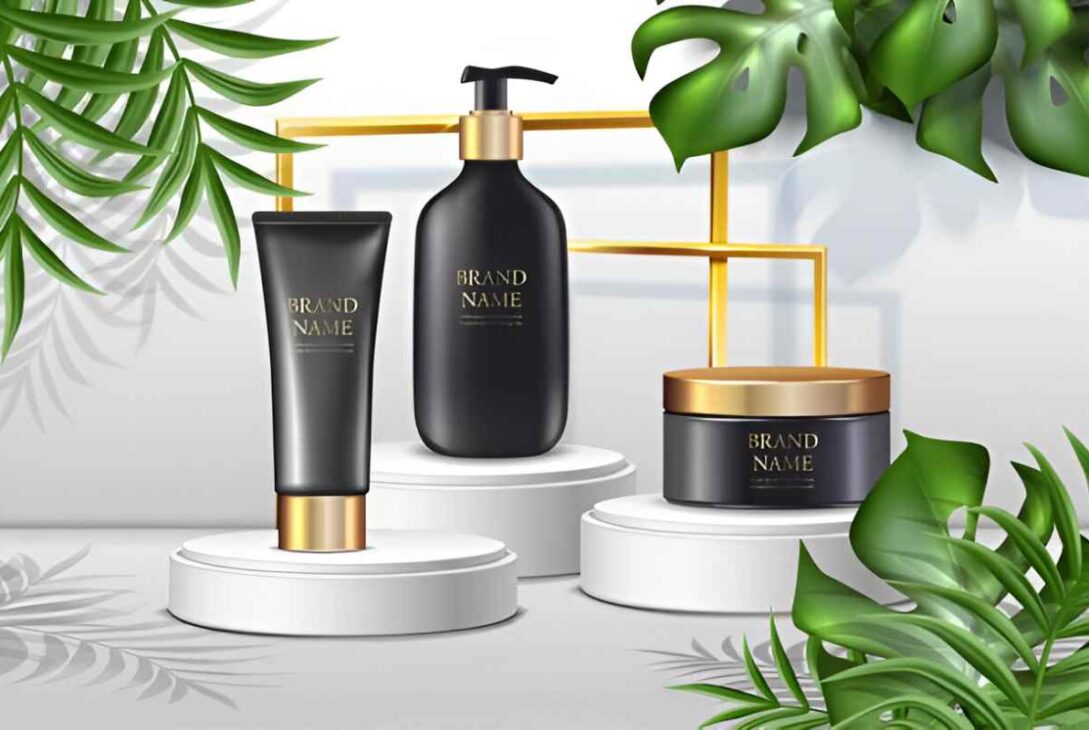Walk down the beauty aisle today, and you’ll notice something different. It’s not just the vibrant colours of the products or the sleek designs, but the materials themselves. Many of these packaging solutions are no longer the usual plastic or glass but something far more eco-friendly. The shift towards natural and biodegradable packaging in the cosmetics industry is more than just a trend—it’s a movement that’s here to stay.
The Rise of Eco-Conscious Consumers
The beauty industry has always been a reflection of consumer desires. Today’s consumers are more informed and environmentally conscious than ever before. They’re not just looking for products that make them feel good on the outside but also align with their values. This shift in consumer behaviour has pushed brands to rethink their approach, particularly in areas like packaging design.
Packaging design in the cosmetics industry is no longer just about aesthetics or functionality; it’s about sustainability. Brands are increasingly turning to natural, biodegradable materials as a way to reduce their environmental impact. These materials are not only better for the planet, but they also resonate with consumers who are actively seeking out products that contribute to a more sustainable future.
The Benefits of Biodegradable Packaging
Biodegradable packaging offers numerous benefits, both for the environment and for the brands that adopt it. Firstly, it reduces the amount of waste that ends up in landfills. Traditional plastic packaging can take hundreds of years to break down, contributing to the growing problem of plastic pollution. In contrast, biodegradable materials decompose much faster, often within a few months to a year, depending on the material and environmental conditions.
For brands, using biodegradable packaging can also enhance their image and appeal. Consumers today are increasingly loyal to brands that demonstrate a commitment to sustainability. By adopting natural packaging solutions, brands can attract and retain customers who prioritize environmental responsibility. Moreover, it provides a unique selling point that can differentiate a brand in a crowded market.
Types of Natural Packaging Materials
The shift towards biodegradable packaging has led to the development of various natural materials that are now being used in the cosmetics industry. Some of the most popular options include:
- Paper and Cardboard: Often made from recycled materials, paper and cardboard are highly biodegradable and can be used for a wide range of packaging needs, from boxes to labels. They are also easy to customise, allowing brands to maintain their distinctive look while being eco-friendly.
- Bioplastics: Derived from renewable sources like cornstarch, sugarcane, or even algae, bioplastics are designed to decompose more quickly than traditional plastics. They offer a similar level of durability and flexibility, making them an attractive option for many cosmetic products.
- Glass: While not biodegradable, glass is infinitely recyclable and is often used for high-end cosmetics. Its ability to be reused and repurposed makes it a more sustainable option compared to single-use plastics.
- Bamboo: This fast-growing, renewable resource is being used more frequently in packaging for its natural aesthetic and durability. Bamboo can be used for everything from lids to entire containers, offering a stylish and sustainable alternative to plastic.
Challenges in Implementing Biodegradable Packaging
While the benefits of biodegradable packaging are clear, implementing these solutions is not without its challenges. One of the primary concerns for brands is cost. Natural materials can be more expensive to produce and process than traditional plastics, which can impact the overall cost of the product.
Another challenge is the need for specialised infrastructure to compost or recycle biodegradable materials. Not all consumers have access to the facilities needed to properly dispose of these materials, which can limit their environmental benefits. Brands need to consider these factors when designing their packaging solutions and may need to invest in consumer education to ensure their packaging is disposed of correctly.
The Future of Packaging Design in the Cosmetics Industry
The shift towards biodegradable packaging is just the beginning of a broader transformation in the cosmetics industry. As consumer demand for sustainable products continues to grow, we can expect to see even more innovation in packaging design. This includes the development of new materials, improvements in existing biodegradable options, and a greater emphasis on circular economy principles, where packaging is designed to be reused, recycled, or composted.
Moreover, as regulations around single-use plastics and environmental impact become stricter, brands will be increasingly required to adopt sustainable packaging practices. Those that do so proactively will not only comply with regulations but will also position themselves as leaders in the industry, gaining a competitive advantage.
Conclusion
Biodegradable beauty is more than just a buzzword; it’s a significant shift that is shaping the future of the cosmetics industry. As brands continue to embrace natural packaging solutions, packaging design will play a crucial role in not only protecting the product but also in conveying a brand’s commitment to sustainability. For consumers, this means more options that align with their values, and for the planet, it means a step towards reducing the environmental impact of the beauty industry. As the industry evolves, the move towards biodegradable packaging will likely become the new standard, setting the stage for a more sustainable future in beauty.



